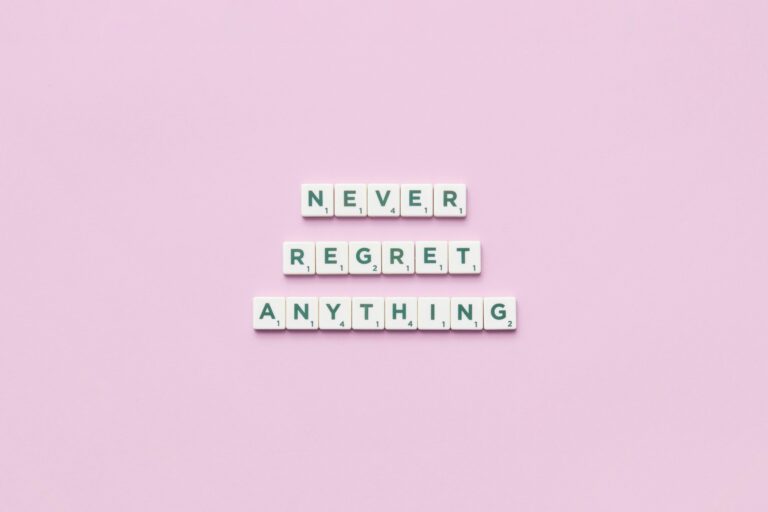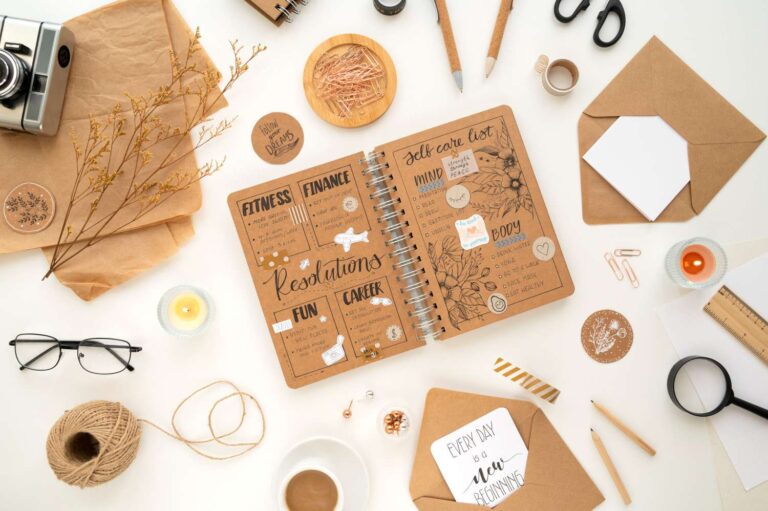What to do when you feel stuck: A roadmap back to clarity
You know that feeling when you’re going through the motions of life, but nothing feels quite right? When you wake up each day and think “there has to be more than this,” but you can’t figure out what that “more” actually is?
Maybe you’re successful on paper but feel empty inside. Maybe you’re comfortable but completely uninspired. Maybe you know you want something different but have no idea what or how to get there.
You’re not broken. You’re not behind. You’re not the only one who feels this way.
Feeling stuck is your inner wisdom trying to get your attention. It’s your soul’s way of saying “Hey, we’ve outgrown this version of our life. It’s time to evolve.”
But if you feel stuck that isn’t a problem that should be solved quickly. It’s a phase to be navigated thoughtfully. And there’s a roadmap that can guide you from confusion back to clarity, from stagnation back to growth.
Why traditional advice fails
When you tell people you feel stuck, they usually offer well-meaning but unhelpful advice:
“Just pick something and go for it!”
“Follow your passion!”
“Make a pros and cons list!”
“You just need to take action!”
This advice fails because it treats being stuck as a simple problem with a simple solution. But feeling stuck is actually your psyche’s way of protecting you while you figure out what comes next.
Your inner wisdom knows that rushing into the wrong thing is worse than taking time to get clear on the right thing. So it creates this “pause” – this stuck feeling – to give you space to reevaluate.
Fighting against the stuckness just creates more resistance. Instead, you need to work with it, using this time to reconnect with yourself and gain the clarity you need to move forward authentically.
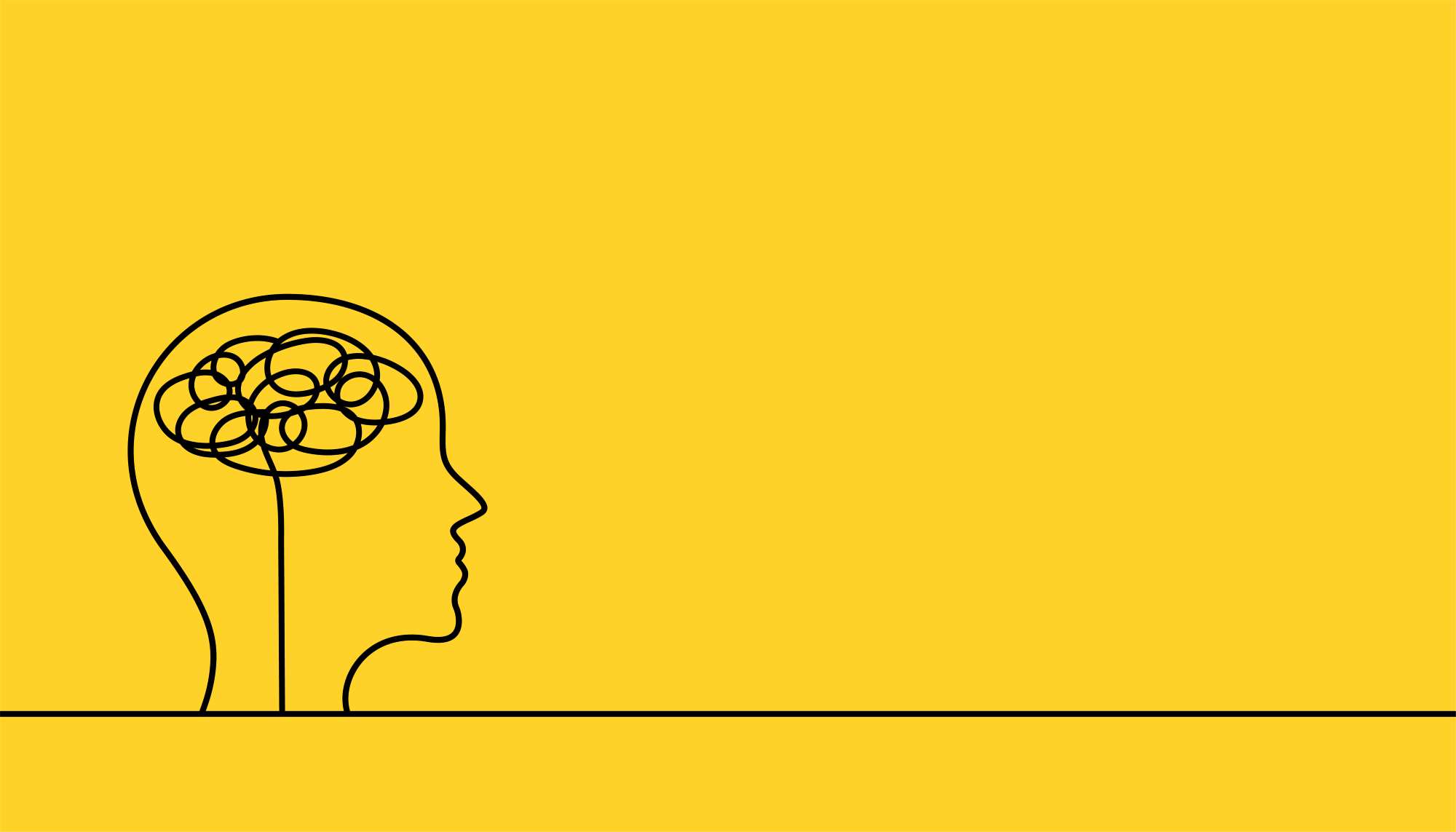
“Why do I feel this way?”
If you’re asking yourself this question, you’re experiencing what most people feel when they’ve outgrown their current life but haven’t figured out what comes next yet.
The stuckness usually shows up as:
- Going through the motions but feeling disconnected from your daily life.
- Having everything look good on paper but feeling empty inside.
- Knowing you want something different but having no idea what
- Feeling like you’re living someone else’s version of success.
- Waking up with a sense of “Is this it?”
This isn’t depression or laziness or ingratitude. It’s your authentic self trying to break through the layers of shoulds, expectations, and autopilot decisions you’ve been living under.
If you feel stuck that’s information. It’s telling you that who you’re becoming has outgrown who you’ve been. The life that got you here won’t get you where you’re going next.
Start with honesty about where you are
Most people try to skip this step because it feels uncomfortable. But you can’t navigate anywhere if you don’t know your starting point.
The honest life inventory
Set aside an hour when you won’t be interrupted. Get honest about your current reality:
- What parts of my life feel like I’m just going through the motions?
- When did I last feel genuinely excited about something in my day-to-day life?
- What am I doing because I think I should versus because I actually want to?
- What dreams or desires have I been pushing down or ignoring?
- If I could change anything about my life without considering other people’s opinions, what would it be?
- What’s working well that I definitely want to keep?
- What’s definitely not working that I’ve been avoiding dealing with?
The energy audit
For one full week, track your energy levels throughout each day. Notice:
- What activities drain you versus energize you.
- Which people leave you feeling great versus exhausted.
- What environments make you feel alive versus drained.
- When you feel most like yourself versus when you feel like you’re performing a role.
Your energy patterns are telling you what aligns with your authentic self and what doesn’t. This is data you can’t get from thinking – you have to pay attention to your actual life.
The values reality check
When you’re stuck, you’ve usually drifted away from what truly matters to you without realizing it.
Write down the 10 things that matter most to you in life – not what should matter according to society, family, or social media, but what actually matters to you when you strip away all external expectations.
For each value, ask yourself: “How am I actually honoring this in my current life?” Notice where there are gaps between what you value and how you’re living.
Most people discover they’ve been living according to values they inherited or adopted rather than chose. No wonder you feel stuck.
Key insight: Your stuck feeling is information telling you that who you’re becoming has outgrown who you’ve been. The honest inventory, energy audit, and values clarification give you the data you need to understand what’s misaligned in your current life.
“What’s wrong with me?”
If you’re asking this question, you’re likely caught in the shame spiral that often comes with feeling stuck. You’re probably telling yourself some version of:
“I should be grateful for what I have.”
“Other people have real problems.”
“I’m being selfish/lazy/ungrateful.”
“There must be something wrong with me that I can’t just be happy.”
The truth is that nothing is wrong with you. Feeling stuck when your life no longer fits who you’re becoming is actually a sign that you’re growing. It means your inner wisdom is working exactly as it should.
Feel your feelings without fixing them
When you’re stuck, there are usually emotions you’ve been avoiding. Maybe disappointment that life didn’t turn out as planned. Maybe grief for the person you used to be. Maybe anger at yourself for not having it figured out. Maybe fear about what changing might cost you.
These emotions aren’t obstacles to getting unstuck – they’re part of the process. Trying to think your way out of feeling stuck while avoiding the emotions underneath is like trying to drive with the parking brake on. Self-compassion exercises help you sit with difficult emotions without judgment.
The daily feeling practice
For two weeks, spend 10 minutes each day just sitting with whatever emotions come up:
- Set a timer and sit quietly.
- Ask yourself: “What am I feeling right now?”
- Notice where you feel it in your body.
- Breathe into that area without trying to change anything.
- Let whatever emotions arise just be there.
Common emotions in the stuck phase:
- Frustration: “Why can’t I just figure this out like everyone else seems to?”
- Fear: “What if I make the wrong choice and mess up my life?”
- Grief: “I’m not who I thought I’d be by now.”
- Anger: “I feel like I’m wasting my life and potential.”
- Sadness: “Nothing feels meaningful anymore.”
- Anxiety: “I have no idea what comes next.”
All of these are normal and temporary. Feeling them fully actually helps them move through you faster than pushing them away or trying to fix them with solutions.
Give yourself permission
Give yourself permission to:
- Not have it all figured out right now,
- Feel confused without immediately seeking solutions,
- Take time to process and reflect instead of jumping into action,
- Change your mind about what you want,
- Disappoint people who expect you to stay the same,
- Question everything, including the life you’ve built so far.
Most people try to solve their stuckness before they’ve fully felt it. This just creates more resistance. The feelings have information for you – let them be heard.
Key insight: Nothing is wrong with you for feeling stuck. These emotions are part of the process, not obstacles to it. Allowing yourself to feel without fixing creates space for clarity to emerge naturally.
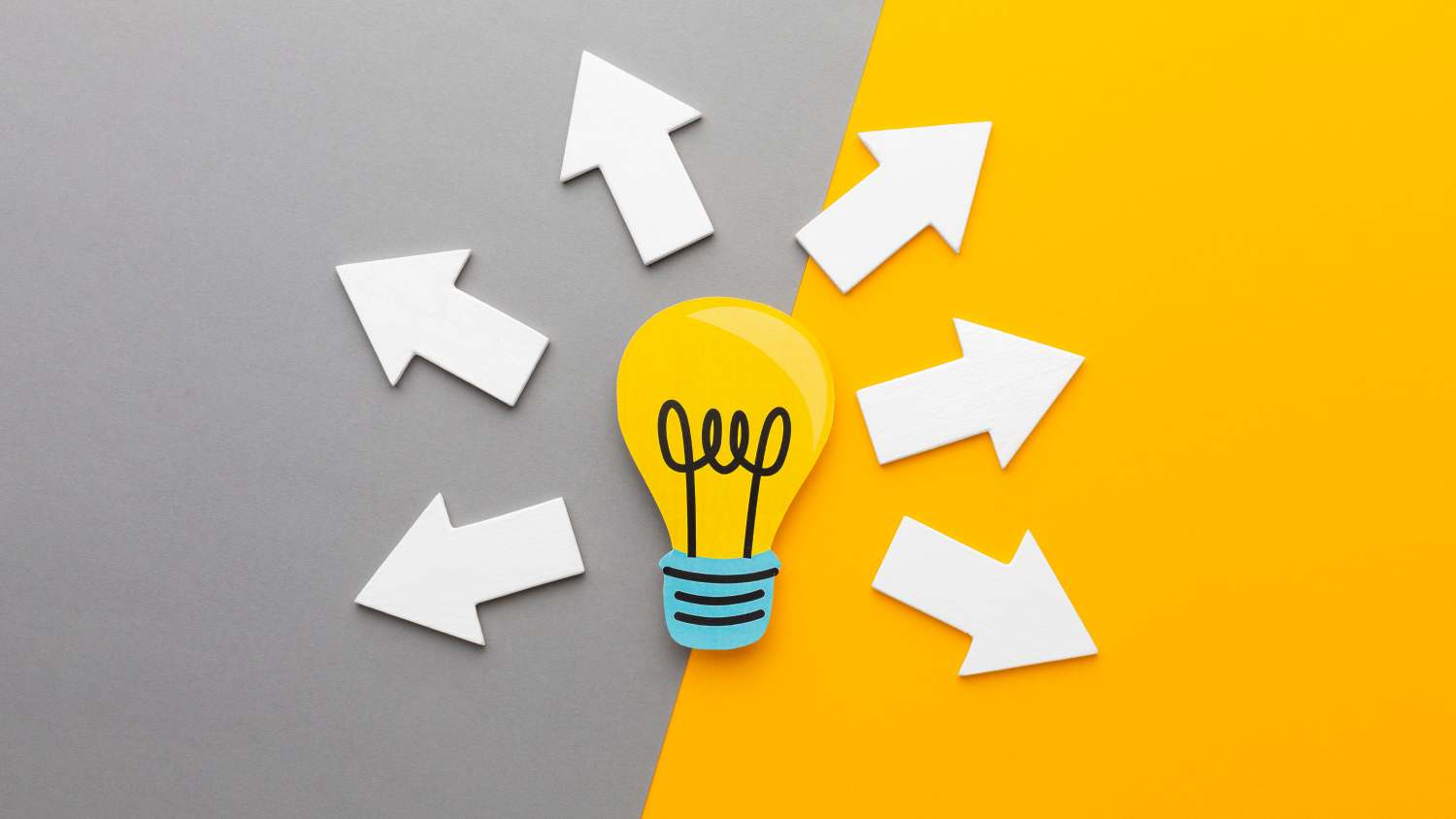
“Who am I really?”
If you’re asking this question, you’ve probably lost touch with who you are underneath all the roles, expectations, and shoulds that have accumulated over the years.
When you’re stuck, it’s usually because you’ve been living according to some version of yourself that you’ve outgrown. Maybe it’s who you were in your twenties. Maybe it’s who your family needed you to be. Maybe it’s who you thought you should be to be successful or loved or accepted.
But that version isn’t you anymore.
Reconnect with your authentic self
This isn’t about finding some mythical “true self” that’s been hiding inside you. It’s about reconnecting with the parts of yourself that feel most alive, most natural, most like coming home to yourself.
Authentic self archaeology
Dig into who you were before the world told you who you should be:
- What did you love as a child before anyone told you it wasn’t practical or possible?
- What activities make you completely lose track of time?
- When do you feel most alive and engaged?
- What would you pursue if you knew you couldn’t fail?
- What would you do if no one else’s opinion mattered?
- When do people say you seem most like yourself?
The curiosity inventory
Make a list of everything you’re even slightly curious about right now. Include:
- Skills you’d like to learn,
- Places you’d like to visit or live,
- Conversations you’d like to have,
- Experiences you’d like to try,
- Books, courses, or topics that intrigue you,
- Ways of living that seem appealing,
- Types of work that sound interesting…
Don’t filter this list based on practicality or whether it makes sense with your current life. Your curiosity is pointing toward parts of yourself that want to grow.
The energy follow-up
Look back at your energy audit patterns:
- What activities consistently energize you?
- What environments make you feel most like yourself?
- When do you feel most confident and capable?
- What types of people bring out your best qualities?
Your energy is showing you your authentic preferences. These aren’t random – they’re pointing toward what aligns with who you really are.
Values vs. reality check
Take the core values you identified in your honest inventory and assess:
- Which values are you living in full alignment with?
- Which values are you honoring in some areas of life but not others?
- Which values have you been completely ignoring?
- What would have to change if you made your top 3 values non-negotiable?
Most people discover they’ve been living by inherited values rather than chosen ones. Part of getting unstuck is reclaiming what actually matters to you.
Key insight: You’re not broken or lost – you’ve just lost touch with your authentic self under layers of expectations and roles. Your curiosity, energy patterns, and core values are breadcrumbs leading you back to who you really are.
“How do I figure out what I want?”
If you’re asking this question, you’re probably feeling paralyzed by not knowing what direction to move in. You know you want something different, but you can’t picture what that something is.
The pressure to figure out exactly what you want before you make any moves is what keeps most people stuck forever. You don’t need to know your destination to take the next step.
Explore possibilities without committing
Instead of asking “What should I do with my life?” ask “What would I like to experiment with?”
Experiments feel less pressure than permanent decisions. They’re temporary, reversible, and focused on learning rather than succeeding.
Career and purpose experiments
- Watch YouTube videos or documentaries about fields that interest you.
- Take a free online course in a subject that sparks curiosity.
- Read books or blogs by people whose work you admire.
- Listen to podcasts about different career paths or industries.
- Follow professionals on social media whose work resonates with you
- Start a small side project just for fun, with no pressure to monetize it.
- Volunteer for a few hours with an organization whose mission resonates with you.
Lifestyle experiments
- Try a completely different morning routine for two weeks,
- Spend one day per week in a different environment (coffee shop, library, park),
- Experiment with saying no to things that drain you for a month,
- Try new forms of movement or creative expression,
- Spend time in nature regularly and notice how it affects you.
- Practice a different relationship with social media or screen time.
Relationship experiments
- Ask one person in your life “How are you really doing?” and listen to their full answer.
- Share one honest thing about what you’re going through with someone you trust.
- Say no to one small request that doesn’t feel aligned (without over-explaining).
- Text or call one old friend you’ve been thinking about but haven’t contacted.
- Join one online community or local group related to something you’re interested in.
- Ask for help with something small instead of trying to handle everything alone.
- Practice saying “I disagree” or “I see it differently” in a low-stakes conversation.
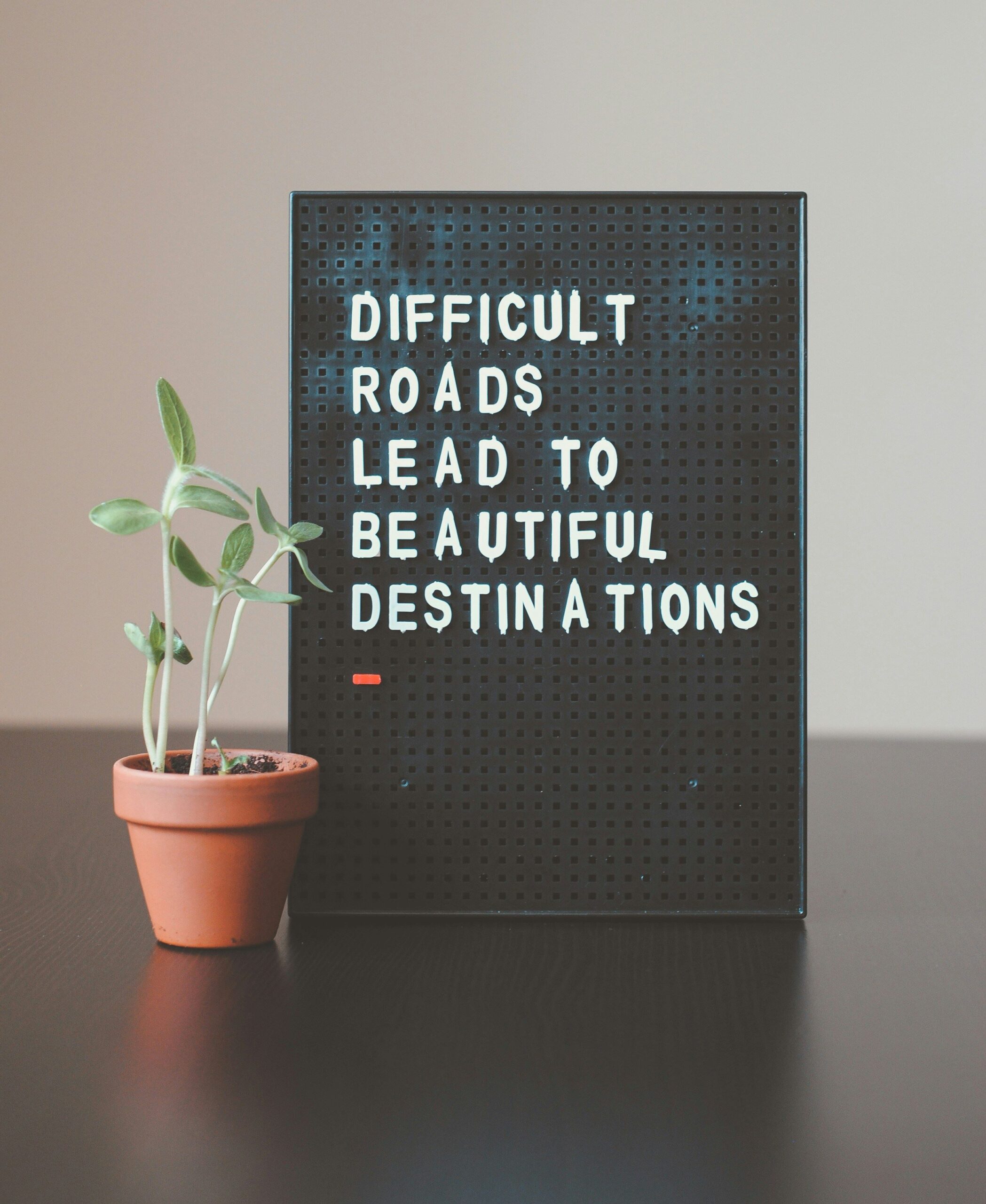
“How do I know what’s right?”
If you’re asking this question, you’re probably caught between your head and your heart, between what makes logical sense and what feels aligned, between what’s safe and what’s calling to you.
The need for certainty before taking action is what keeps most people stuck indefinitely. But certainty comes from moving, not from thinking.
Listen to your inner guidance
Your body and intuition often know what your mind is still figuring out. The key is learning to listen.
Body wisdom check-ins
When you think about different possibilities, pay attention to how your body responds:
- Does your body feel expansive or contracted when you imagine this path?
- Do you feel energized or drained when you talk about it?
- Is there tension or ease when you picture yourself doing this?
- Does it feel like a “yes” or a “no” in your gut?
Your nervous system is constantly giving you information about what aligns with your authentic self. Most people override this information with logical analysis, but your body’s responses are data worth paying attention to.
The future self visualization
Imagine yourself five years from now, having followed different paths:
- What does each version of your future self look like?
- Which one feels most alive and aligned?
- What advice does this future self have for your current situation?
- What do they wish you’d known earlier?
- Which version would you regret not trying?
The deathbed test
This sounds morbid but it’s clarifying. Imagine you’re at the end of your life looking back:
- What would you regret not trying?
- What would you wish you’d spent more time on?
- What would you wish you’d worried less about?
- What really mattered in the end?
This perspective cuts through the noise of daily concerns and connects you with what’s truly important to you.
Recurring themes practice
Look back at your journaling and experimentation:
- What themes keep showing up in your reflections?
- What desires or interests keep recurring, even when you try to be practical?
- What feedback from others keeps appearing?
- What patterns do you notice in your energy from the original audit?
Your inner guidance often speaks through repetition. Pay attention to what keeps calling for your attention across different areas of your life.
The quiet time practice
Spend 10-15 minutes in silence each day, without trying to solve anything. Just ask:
- What does my heart want me to know?
- What direction feels most aligned right now?
- What’s one step I feel called to take?
Don’t force answers or judge what comes up. Just listen and notice what arises when you get quiet enough to hear your inner voice.
Key insight: Your body, future self, and recurring themes are all pointing toward the same truth. You already know more than you think you do – you just need to learn to trust your inner guidance over external expectations.
“How do I start moving?”
If you’re asking this question, you’re ready to stop analyzing and start taking action, but you’re probably scared of making the wrong choice or going in the wrong direction.
The truth is that there is no perfect choice. There are choices that align with who you’re becoming and choices that don’t. And the only way to tell the difference is by taking action and paying attention to how it feels.
Take aligned action (even when it’s imperfect)
Clarity doesn’t come from thinking more – it comes from taking action based on your best current understanding. You don’t need perfect clarity to take the next right step.
The aligned action principle
Choose actions that:
- Move you toward what energizes you and away from what drains you,
- Honor your core values, even in small ways,
- Feel like experiments rather than permanent commitments,
- Build on the insights from your exploration phase,
- Feel scary but exciting rather than scary and wrong.
Start with small aligned actions
You don’t need to quit your job or move across the country. Start with actions that feel manageable but meaningful:
If your stuckness is career or purpose-related:
- Have coffee with someone whose work genuinely inspires you.
- Take on one project that uses skills you want to develop.
- Start saying no to tasks that feel completely misaligned.
- Block out time each week for work that feels meaningful to you.
- Begin building skills or connections in your area of interest.
- Apply for one opportunity that feels aligned, even if you’re not fully qualified.
If your stuckness is relationship-related:
- Have one honest conversation you’ve been avoiding.
- Set one boundary you’ve been scared to set.
- Reach out to people who make you feel most like yourself.
- Join a group or community aligned with your values or interests.
- Practice expressing your needs more directly in low-stakes situations.
- End or modify one relationship that consistently drains you.
If your stuckness is lifestyle-related:
- Change one routine that no longer serves who you’re becoming.
- Spend time regularly in environments that inspire you.
- Pursue one hobby or interest you’ve been putting off.
- Create more space in your schedule for activities that energize you.
- Eliminate or significantly reduce one thing that consistently drains you.
- Try living in a different area for a short period of time.
The momentum building approach
Take one aligned action, then use the momentum and information from that action to choose your next one:
- Choose one action that feels aligned and doable within the next week.
- Commit to it for a specific timeframe (a week, a month, three months).
- Pay attention to how it feels in your body and what you learn about yourself.
- Based on that information, choose your next aligned action.
- Build gradually rather than trying to change everything at once.
Each action gives you information about what aligns with who you’re becoming. Use that information to take the next step.

The 30-day life trial
Choose one area of your life that feels most stuck and commit to a 30-day experiment:
- Week 1: Observe your current patterns without changing anything.
- Week 2: Make one small change and notice the effects.
- Week 3: Adjust based on what you learned in week 2.
- Week 4: Evaluate the entire experiment.
Questions to ask throughout:
- What am I learning about myself?
- What feels aligned versus forced?
- What gives me energy versus drains me?
- What would I like to continue, modify, or stop?
The goal isn’t to find the perfect answer – it’s to gather information about what resonates with who you’re becoming.
Key insight: You don’t need to know your destination to take the next step. Small experiments give you information about what aligns with your authentic self without the pressure of permanent commitment.
Working with fear and resistance
As you start taking aligned action, fear and resistance will show up. Understanding and overcoming self-sabotage helps you recognize when your brain is protecting you from growth. This is completely normal. Your brain is trying to keep you safe by maintaining the familiar, even when the familiar no longer fits.
Common fears and how to work with them:
- “What if I’m making the wrong choice?” Remember, you’re experimenting, not committing to forever. Most decisions can be adjusted or reversed.
- “What if I fail?” Ask yourself what you’d learn even if it didn’t work out perfectly. Failure is information, not a verdict on your worth.
- “What if people judge me for changing?” Consider that their judgment says more about their relationship with change than about your choices.
- “What if I can’t handle the uncertainty?” Start with small actions to build your tolerance for uncertainty gradually.
- “What if I’m being irresponsible?” You can honor both your need for security and your need for growth. It’s not all or nothing.
Track your progress
Keep a simple record of your aligned actions and their effects:
- What actions did I take this week?
- How did they feel in my body?
- What did I learn about myself?
- What momentum or clarity did they create?
- What do I want to try next?
This tracking helps you see patterns and build confidence in your ability to navigate uncertainty.
Common roadblocks and how to navigate them
“I don’t have time to figure this out”
The truth: You don’t have time NOT to figure this out. Staying stuck indefinitely costs way more energy than investing time now to get clear on your direction.
Start with just 10 minutes a day. Use that time for journaling, reflection, or one small experiment. Small consistent actions create more change than sporadic big efforts.
“I should be grateful for what I have”
Gratitude and growth aren’t opposites. You can be grateful for where you are AND want something different. People who feel fulfilled are often more generous and appreciative than people who feel stuck and resentful.
Wanting more from your life doesn’t make you ungrateful – it makes you human.
“I’m too old/young to change”
People change careers, relationships, and life directions at every age. The only thing that’s truly too late is never taking the chance to become who you’re meant to be.
Your current age is the youngest you’ll ever be again. If you don’t start now, when will you?
“What if I don’t find my purpose?”
Purpose isn’t a thing you find like a treasure buried in the sand. It’s something you create through living aligned with your values and using your unique gifts in service of something that matters to you.
Focus on the next right step rather than trying to figure out your entire life purpose. Purpose emerges from action, not from thinking.
“I’m scared of making the wrong choice”
There are very few truly irreversible decisions. Most choices can be adjusted, modified, or completely changed as you learn more about yourself.
The biggest risk isn’t making the wrong choice – it’s staying stuck forever while waiting for perfect certainty that will never come.
“People are counting on me to stay the same”
The people who truly love you want you to be happy and fulfilled. If someone needs you to stay small and stuck for their comfort, that’s their issue to work through, not yours to accommodate.
You can’t live your life to manage other people’s discomfort with change.

Maintaining momentum through the process
Create accountability
Share your journey with someone who supports your growth. This could be a friend, family member, therapist, coach, or online community. Regular check-ins help you stay connected to your progress and work through challenges as they arise.
Celebrate small wins
Getting unstuck happens through small steps, not giant leaps. Celebrate every aligned action you take, every insight you gain, every experiment you try.
Your brain needs evidence that your efforts are working. If you only celebrate major milestones, you’ll miss the daily progress that actually creates change.
Expect the non-linear journey
You won’t move through this process in a straight line. You might cycle back to earlier phases, experience multiple phases simultaneously, or feel like you’re moving backwards some days.
This is completely normal and healthy. Growth is messy and non-linear. Trust the process even when it doesn’t feel efficient.
Build in regular reflection time
Schedule weekly or monthly check-ins with yourself:
- Am I still moving in a direction that feels aligned?
- What adjustments do I need to make?
- What’s working well that I want to continue?
- What’s not working that I need to change?
- What do I want to focus on or try next?
Regular reflection keeps you connected to your internal guidance and helps you course-correct before you get too far off track.
Trust the timing
Sometimes you need to feel stuck for a while to fully outgrow what no longer serves you. Don’t rush the process, but don’t use patience as an excuse to avoid taking action when you feel called to move.
Your inner wisdom knows the right timing. Learn to distinguish between productive waiting and avoidance.
Your stuckness is not permanent
Feeling stuck is not a life sentence – it’s a temporary state that contains important information about what needs to change in your life.
Every person who seems to have their life figured out has been exactly where you are. The difference isn’t that they never felt stuck – it’s that they learned to navigate stuckness as a natural part of growth rather than something to be ashamed of or rush through.
You don’t need to have all the answers before you start moving. You just need to trust that each authentic step will reveal the next one.
Your stuckness is actually your wisdom in disguise, creating space for you to discover who you’re becoming next. The person you’re growing into is worth the discomfort of not knowing for a while.
The question isn’t whether you’re ready – you’ll never feel completely ready for the unknown. The question is: what’s one small step toward authenticity you can take today?
Your clarity is coming. Your next chapter is waiting. Your journey from stuck to aligned starts with whichever step feels most true to take right now.
What will that step be?
Ready to go deeper?
These comprehensive workbooks provide daily structure and guidance to transform confusion into clarity:
- Procrastination and productivity bundle – Inside you’ll find these workbooks: Self-discipline, Beat procrastination, Productivity and focus, and Decision-making.
- Self-love bundle – Inside you’ll find these workbooks: Letting go, Self-love foundations, Self-compassion, and Daily self-love rituals.
- Self-worth bundle – Inside you’ll find these workbooks: Confidence, Limiting beliefs, Decision-making, and Boundaries and saying no.
- Mindset and motivation bundle – Inside you’ll find these workbooks: Mental reset, Find your direction, Purpose and goal-setting, and Identity shift.
- Emotional resilience and mental strength bundle – Inside you’ll find these workbooks: Overthinking detox, Become your own cheerleader, Emotional resilience, and Stress management.
Each bundle contains 4 focused workbooks with daily exercises, reflection prompts, and step-by-step guidance designed to create lasting transformation through small, consistent actions.
Your journey from stuck to clear starts with the next choice you make. What will it be?






